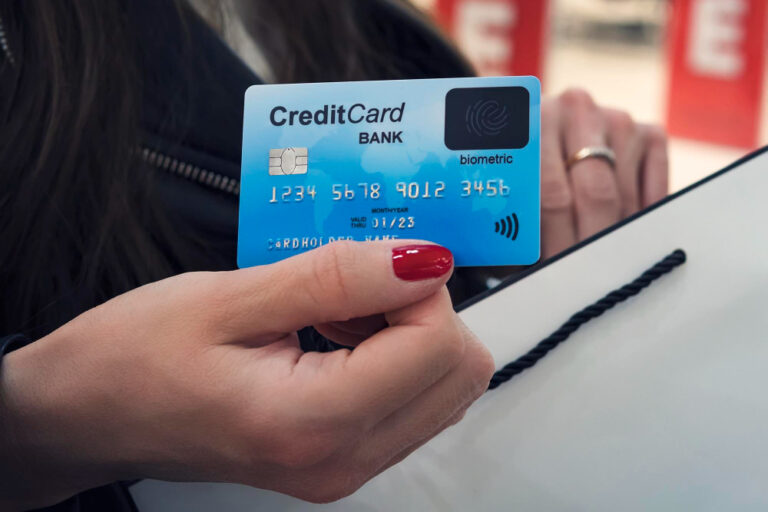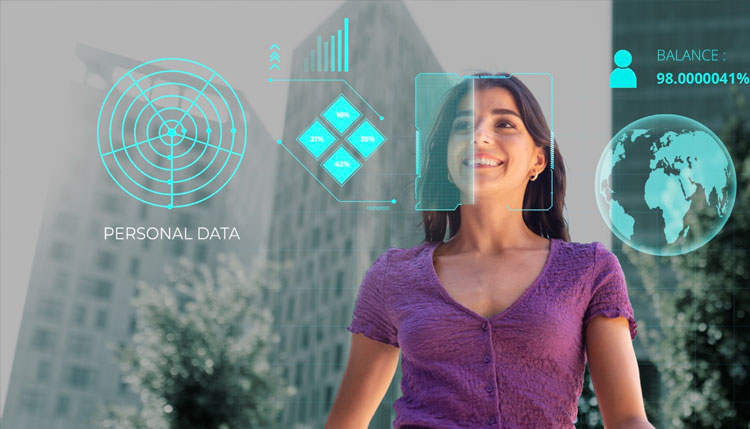
The Rise of Biometric Payment Cards
A biometric payment card is a credit or debit card that uses fingerprint recognition to authorize transactions. The cardholder’s fingerprint is stored on the card and is used to authenticate the cardholder’s identity when making a purchase. This type of card is more secure than traditional cards, which rely on a PIN number for authentication. Biometric payment cards are still relatively new and are not widely available, but they are gaining popularity as a more secure alternative to traditional cards.
How does a biometric payment card work?
A biometric payment card is a credit or debit card that uses fingerprint recognition to authorize transactions. The cardholder’s fingerprint is stored on the card and used to verify their identity when making a purchase. Biometric payment cards are more secure than traditional cards, as they can only be used by the cardholder themselves.
To use a biometric payment card, the cardholder must first hold the card up to a fingerprint reader. The reader will then take an image of the cardholder’s fingerprint and compare it to the stored image on the card. If the two match, the transaction will be authorized. Biometric payment cards are still relatively new, but they are becoming increasingly common as concerns over data security continue to grow.
Will consumer data protection worries boost biometric payment cards?
In the wake of major data breaches at companies like Equifax and Yahoo, consumer concern about data protection is higher than ever. As a result, there is growing interest in biometric payment cards, which use fingerprints or other personal characteristics to verify a cardholder’s identity.
Unlike traditional credit cards, which rely on a PIN number that can be easily stolen, biometric payment cards are much more difficult to counterfeit. In addition, biometric payment cards offer an additional layer of security by requiring the cardholder to be physically present when the card is used.
As such, they provide a compelling solution for consumers who are worried about the safety of their personal data. While it remains to be seen whether biometric payment cards will gain widespread adoption, it is clear that they have the potential to address some of the most pressing concerns about data protection.
What are the benefits of using a biometric payment card?
Biometric payment cards are credit or debit cards that use fingerprint authentication in order to authorize payments. This technology has a number of benefits over traditional payment methods.
- First, biometric payment cards are much more secure than traditional cards, which can be easily lost or stolen.
- Second, biometric payment cards are much easier to use than PIN-based cards, which require the user to remember a four-digit code.
- Third, biometric payment cards can be used with any type of merchant, including those who do not accept traditional credit cards.
- Finally, biometric payment cards can be used with any type of bank account, including checking and savings accounts.
As a result, biometric payment cards offer a number of advantages over traditional payment methods. For more information, please write to us at info@trueid.in.











